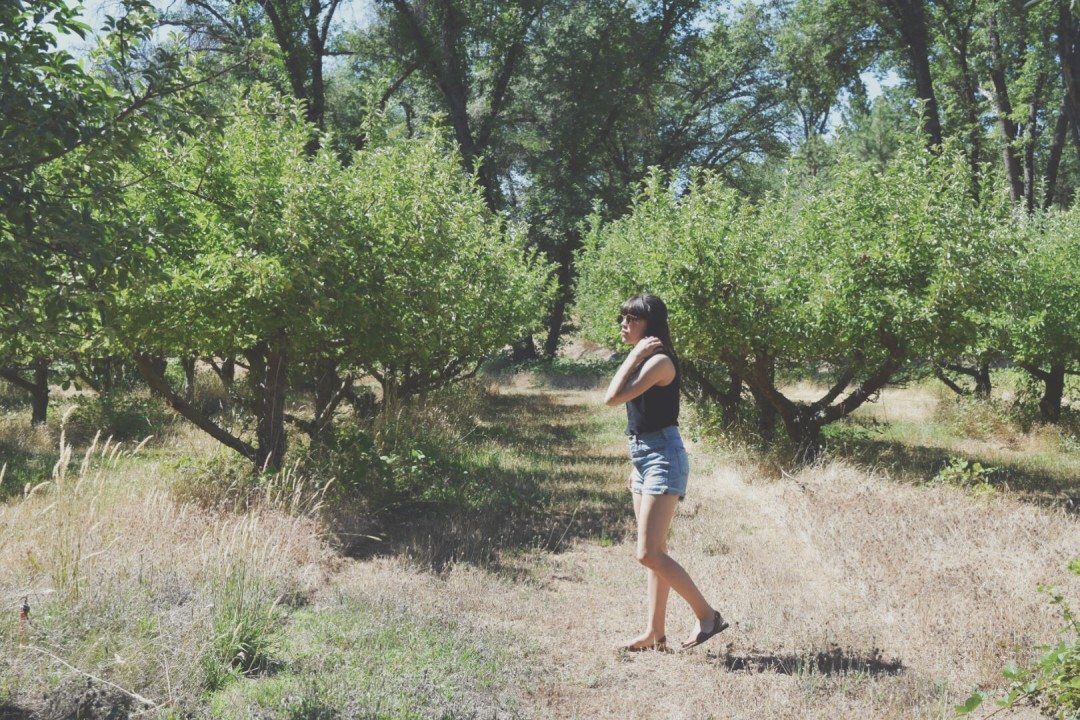
About a week ago my husband and I heard through the grapevine of this small town, that a local apple orchard had been through the a similar reviving process with their trees which we were about to undertake. We’ve know about this orchard for some time now since they make our favorite local hard cider. It’s called Indigeny Reserve and it’s located in Apple Valley Estates in Sonora, Ca. Yes, we’ve loved their cider for a while now but we’d never made it out to the tasting room. We traveled out there with the kids that weekend. We were totally impressed with the grounds and had no idea how massive the orchard really was. We call our property an apple orchard but compared to this place, it’s really puny. There were hundreds of trees which were really trimmed back and about a quarter of the size as ours currently were.
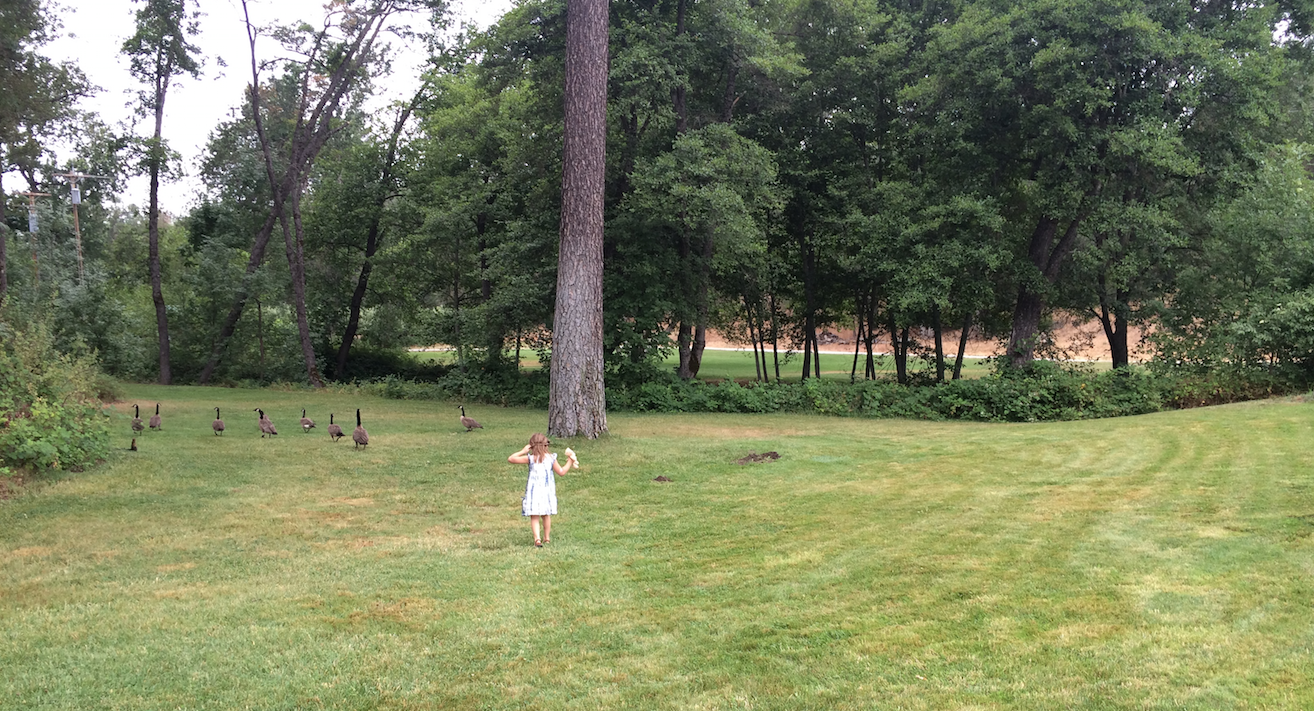
As we pulled up, we followed a beautifully rustic covered bridge which revealed a green meadow and picnic grounds all around. Not something I expected from a hard cider company but it felt very family friendly.
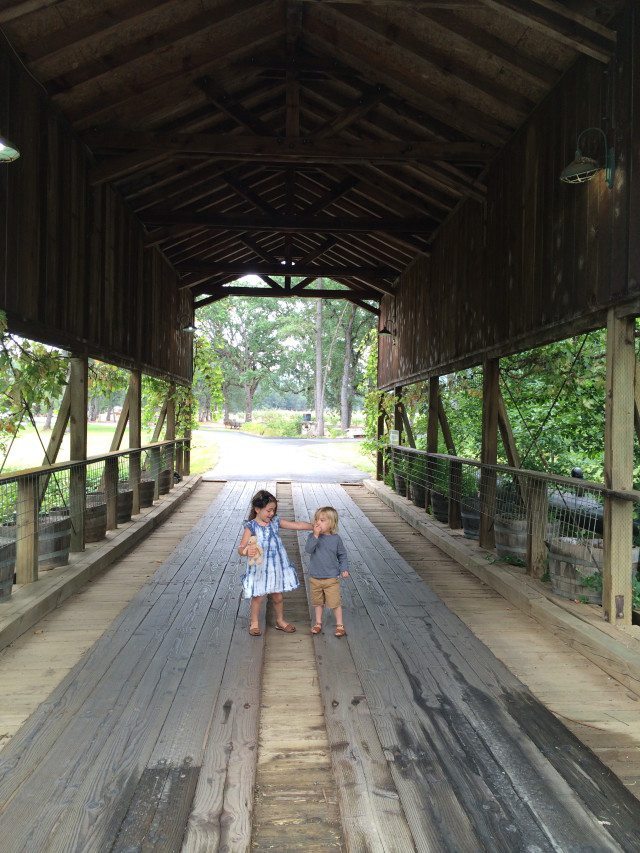
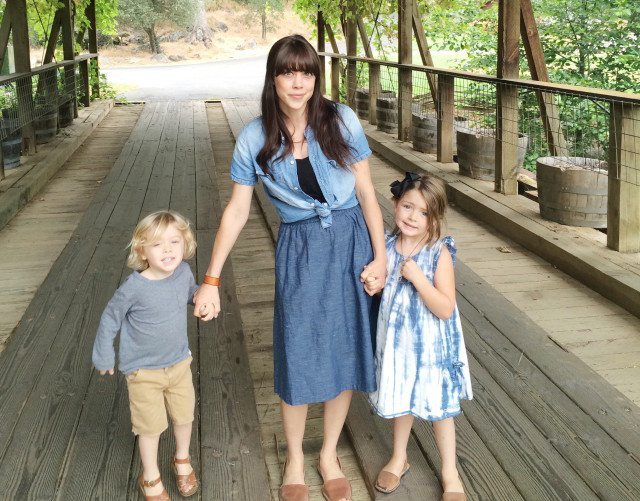
Once inside, we decided not to taste since we had the kids with us, but started to pick the brain of a lady working there. She proceeded to tell us that the owner is very friendly and casual and would love to meet us for a private tour, free of charge. My husband and I looked at each other with stars in our eyes! This was just what we had wanted, needed. We called him later that week and set up an appointment for Friday.
When that morning came, we decided to get a sitter for the kids so we wouldn’t get distracted with nap times and hungry littles. We came to our appointment with notebooks in hand and questions thought out and written down. We were ready to receive any and everything this man had to offer us and knew there would be lots of wisdom to be had here.

Jay Watson is the owner. He has lived in the area for 35 years and raised his family here while commuting to the Bay Area. In 2005 he bought an 80 acre ranch (elevation is approximately 4500 feet) of which about 15 acres was apple trees. About 5 years ago he purchased the second ranch which was over 100 acres (elevation approximately 2000 feet). He has only been in production for 2 years and is more than doubling his output yearly of hard cider, brandy, vodka and other apple based liqueurs. An awesome business and a great asset to this local community and economy. What a blast we had getting a private tour of his operation!


This is Jay and Anaiah looking at the system provided by UC Davis agriculture department that allows him to check the moisture levels of the ground and the leaves of the trees.


Next, we met Jay’s son who has lots of knowledge about trees and their varieties. We weren’t very good at describing our trees to him since they all look the same to us. We’re excited to have a professional come out to our property to determine our variety. Behind them are the distilling vats for vodka. Of course we couldn’t leave without tasting some of the new varieties which included strawberry and tomato vodkas! Yum!

Can you see our minds turning? We’re just being silly but we did have some lightbulb moments while we were there.
We got to describe to him our little piece of paradise and wanted his feedback about how to care for our trees. We asked lots of questions and he offered answers to questions that weren’t on our list! Here’s what we learned:
How old are these apple trees?
His 80 acre apple ranch has trees which date back to the mid to late 1800’s (just like ours!) and his 100+ acre apple ranch has trees about 35 years old. After speaking with Jay, we discovered our apple trees were probably planted around the same time frame, after all, as the crow files our land is only about 10 miles away from his lower ranch.
What was the condition of trees when the property was purchased?
The 80 acre ranch was fortunately taken care of the last couple of decades so those trees did not need a lot of work. They did however, take three years to receive a certified organic status on these trees. The lower ranch however had been neglected for some time. It took him about 3 years to completely revive them.
What steps were taken to restore the ranch?
Because they wanted to be an organic ranch their process was very simple. Clean out the dead wood, prun, fertilize and of course irrigate.
How did you prune your trees?
Jay gave us some advise we have never heard before. He said there are about 5 different ways to prune a tree. In order to pick a model of pruning you need to know the size of the tree you have and the look you want as well as accessability for harvesting. They chose a pruning method which leaves the tree with 3 main branches and allows for the inside of the tree to capture the most amount of sunlight as possible.
For our property, Jay suggested we be careful with pruning at the beginning. He thought we should first look for fire blight. Fire blight is a contagious disease affecting pears, apples and some other fruit trees. It is a serious concern to apple and pear producers. Under optimal conditions, it can destroy an entire orchard in a single growing season. We should identify any fire blight and cut it out during our first year of pruning. After cutting each blight branch we would need to sterilize our pruner in order to keep the disease from spreading. That’s right, after every cut we need to dip our pruners in a bucket of alcohol! Boy do we have some work ahead of us!
He also told us two important factors when pruning trees which have been left unpruned for years. First, don’t prune to much since this could cause a shock that could kill the tree; it should be done slowly over the course of 3 years. Second, if we cut a large live branch off, we should wrap it with a protectant to keep insects and other small animals from getting into the tree and killing it.
Finally, Jay suggested pruning immediately after picking the apples of the tree; no need to wait until winter. We were invited to help in the pruning this fall at his ranch. This will give us first had experience with local experts!
What type of fertilizer, if any, do you use?
For fertilization, they use “fish emulsion,” which is the liquids of a fish. Fish emulsion is an organic fertilizer which they add to their irrigation system. Because our orchard is small, Jay suggested chicken manure. When we told him our plans of using chicken tractors (mobile chicken coops) he gave us the thumbs up “that”s perfect.”
Do you do any grafting?
We will further discuss grafting apple trees down the road as we learn more, but we knew a little about it and asked what Jay. (Grafting is a process of taking the root system of one tree and taping your desired apple speacies to the stem; apple surgery! This produces new or split varieties.) He said it would be a good idea to graft some of our apple trees since they obviously had done so well over the years. Jay did however advise us to take a class on grafting, as many people make mistakes in their attempt. He knows a local man who is a Stanford University graduate who is an expert in this area. Apparently we have been walking by this man for years at our local farmers market. We plan on talking to him soon to learn about grafting and eventually have him lead us through the process.
To see a grafting process video, click here.
Do you use any natural pesticides?
No pesticides. They do use an organic based sulfer which they spray on the apple trees after every rain. This prevents the apples from obtaining mold and mildew. If worm or bug problems appear, they us pheromone traps to catch the bugs and keep them from reproducing. Lear more about Pheramone here.
How do you irrigate?
They use a gravity fed irrigation system and retrieve their water from a local source but also have wells for back up. When we asked why they don’t use drip system verses sprinklers he said apple tree roots go out as far as their branches. The sprinklers are set to reach the immediate area under the branches. If they used drip they would save water but it would not reach out to the length of the roots.
To see a small gravity fed irrigation system, click here.
Do you use wood chips?
Jay said they could use wood chips but don’t. He said we could use them but to be careful right near the bark of new trees. Mice like to build nests in wood chips and make their way to new trees, eating the bark around the tree which kills it. He also said not to place plastic around the bottoms of trees (we don’t know why people do that but are sure there is a good reason) as mice also make nest in them. Also, beetles hide in there and eat away at the trees.
Best Advise:
Every piece of information we received from Jay was awesome, but here is some of the best advise we walked away with:
- Tap into your local and free resources for informatoin. UC Berkeley (a few hours from us) has satalite offices throughout the region. For no cost, we can have them come check out our orchard and give us their expert advise and answer every question he have, and then some!
- Our local Farmer’s Bureau also provides the same services and even more. They will come out to our property, tell us what kind of trees we have, if they have any diseases, how to prune and take better care of them. They will even set bug traps which can advise us of any problematic bugs and how to eliminate them. All this for free!
- We were really glad he advised us not to prune the trees back all the way this year, but to take it slow. Had we not been given this advise, we may have killed all our trees this fall by over-pruning.
- Finally, we found it both interesting and inspiring that portions of his labor are free; that’s right free. Many church groups, schools and local’s stop buy to pick berries and even some apple trees all for the cost of free apples. Hearing this was somewhat of a confirmation to us. Not that we want people to work for us for free, but that in exchange, our family and close friends would be able to share in on our abundance someday!
Everything we have leared today was eye opener. Although we realize we have a lot of work and further investigation ahead of us, we feel confident we can revitalize our trees just like Indigeny Reserve has. We were truly blessed to have spent the time with Jay. What a wonderful hard working man who has created a beautiful product, while preserving his local environment. Thank you Jay! Oh, and we couldn’t leave without a couple bottles of cider!
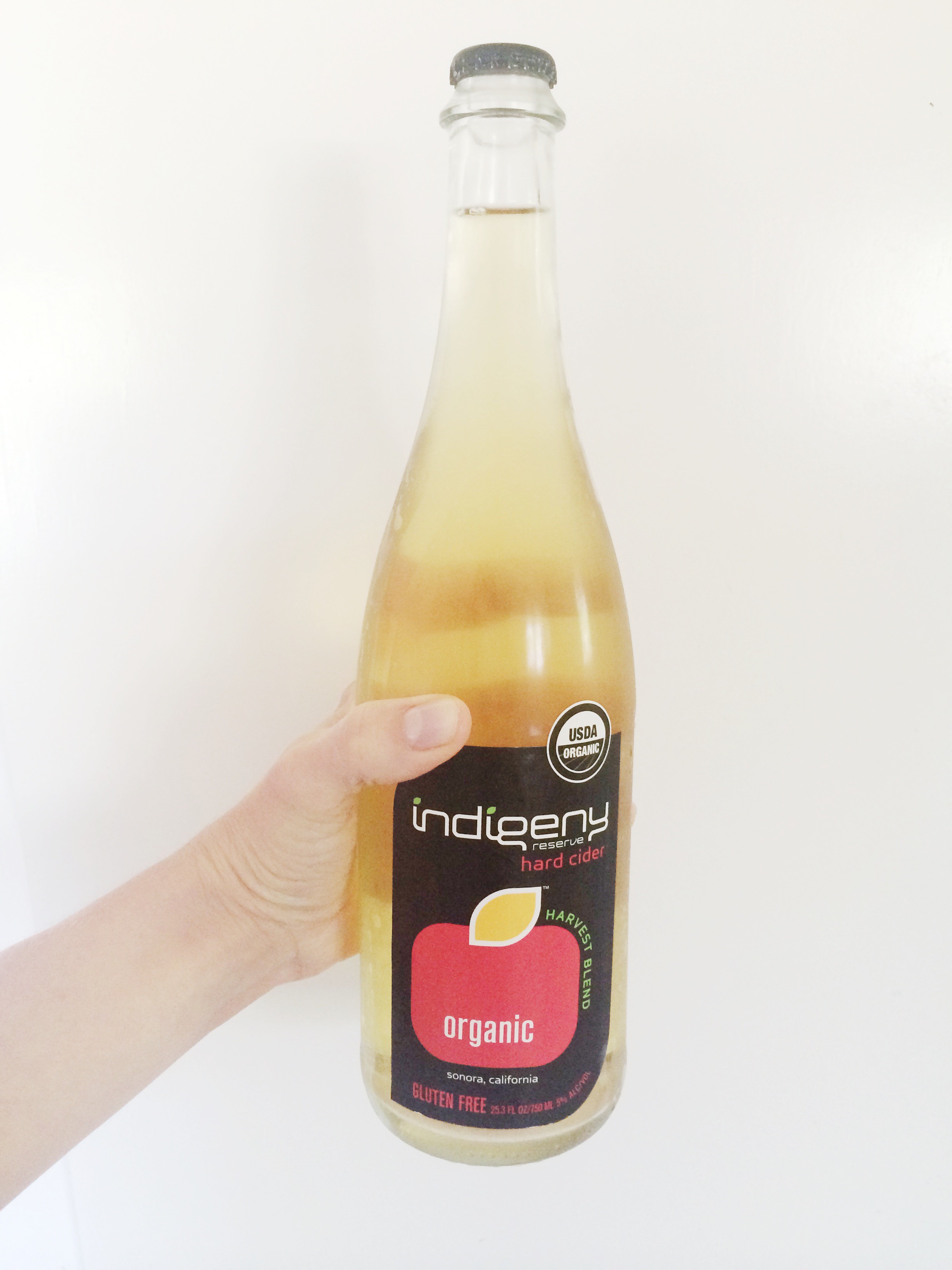
Stay tuned as we continue our journey of learning all we can about Apple trees, homestead planning and permaculture design for our ranch and future home.
“Careful planning puts you ahead in the long run; hurry and scurry puts you further behind.” Proverbs 21:5 MSG
Post your comments below if you learned something new or have any advice for us! We need it! Also, don’t forget to subscribe at the bottom and follow our journey on instagram. Thanks for reading!
-Aimee and Anaiah Kirk
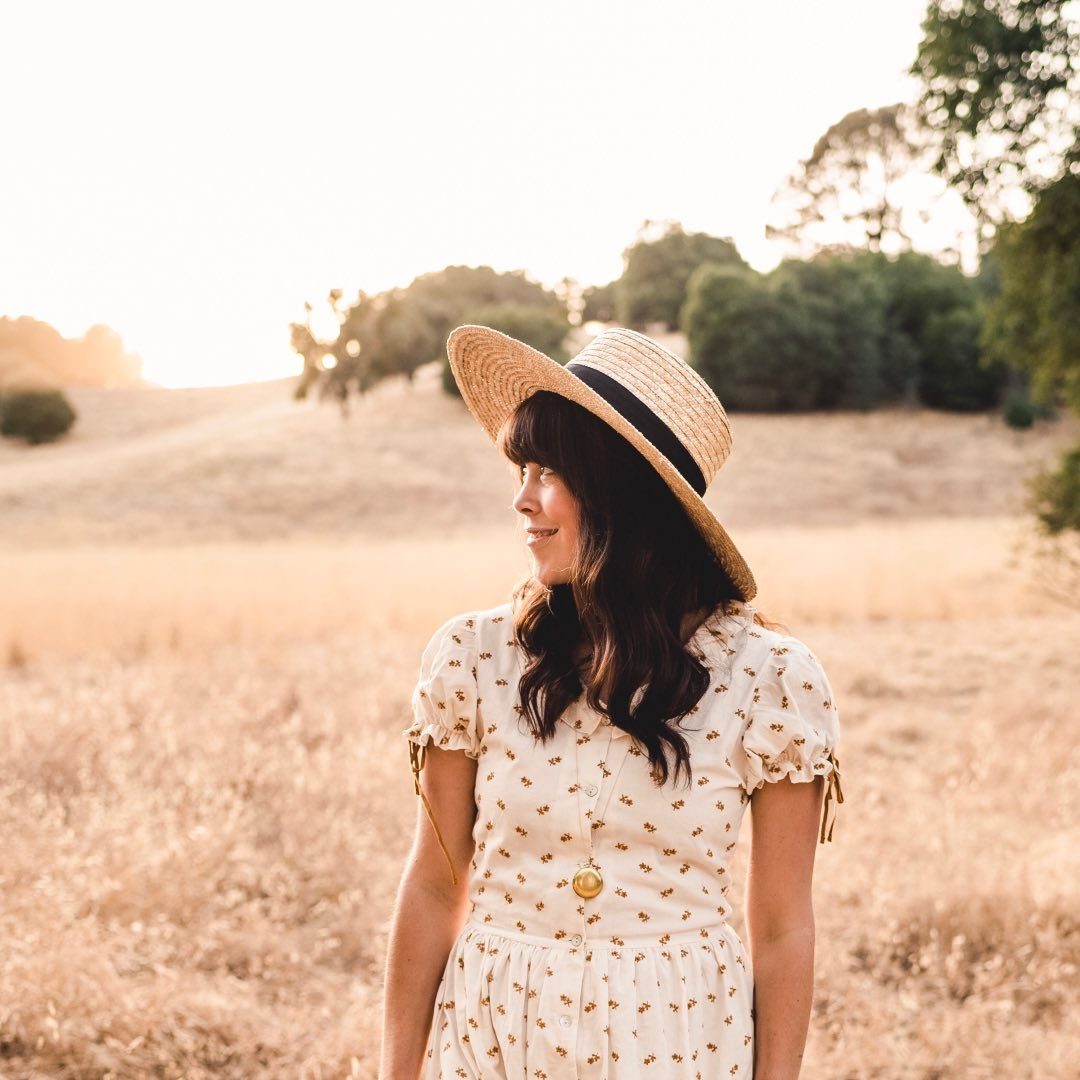





Comments